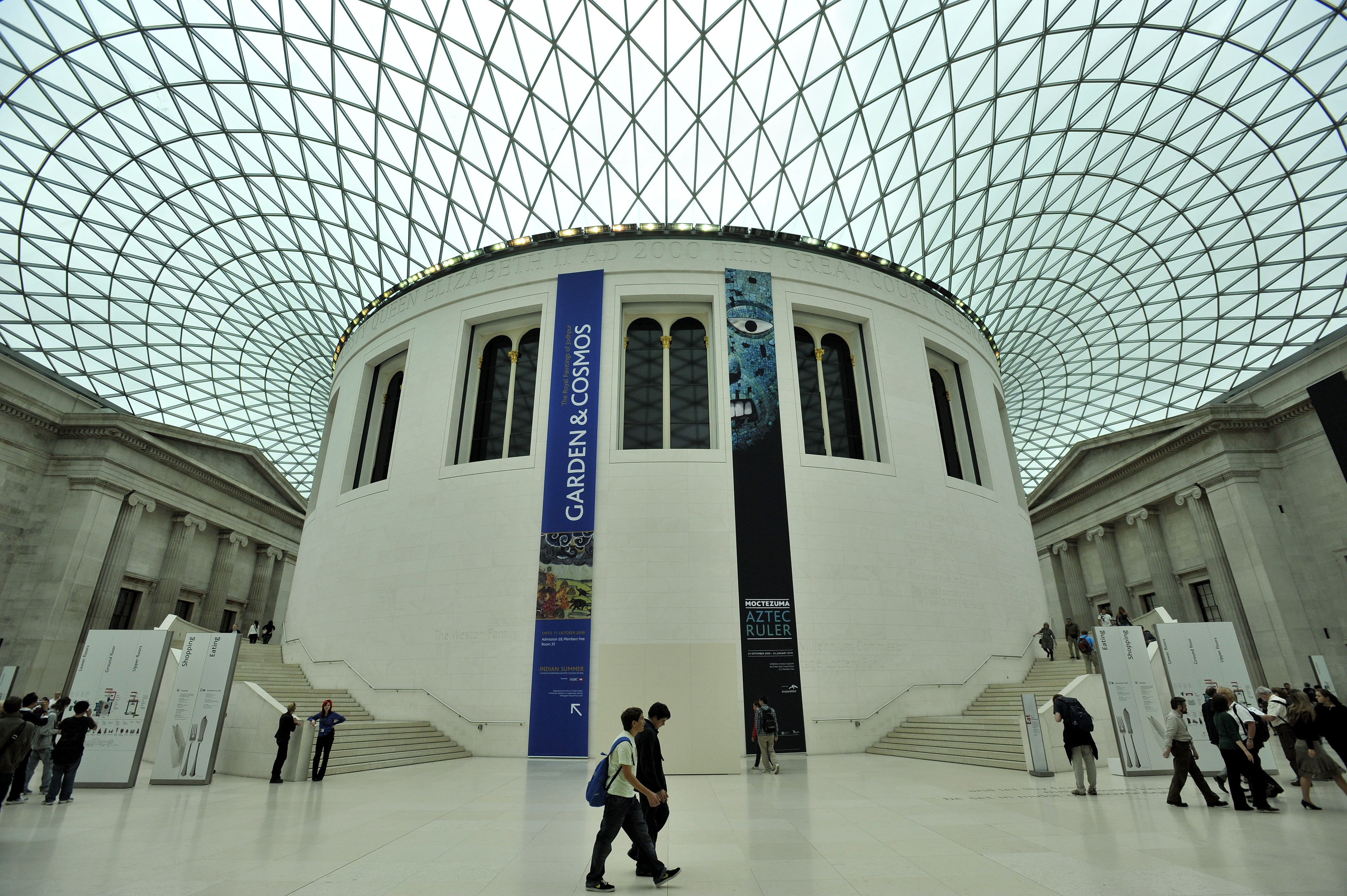
The British Museum has unveiled plans to bring its world famous Reading Room “to life again”.
The round Reading Room, where Karl Marx wrote Das Kapital and Sir Arthur Conan Doyle penned many works, has been closed in recent years.
Standing in the centre of the Museum’s Great Court, it was hailed as one of the great sights of London and became a world famous centre of learning when it was completed in 1857.

British Museum director Hartwig Fischer said he wanted the space to become an “intimate part” of visitors’ experience and a “Reading Room of objects”.
“It is a challenge,” he said.
“We are a listed building so whatever we do requires ample discussion about every move we make.”
But he added: “It will be absolutely stunning.

“Our ambition is to put the round Reading Room at the heart of the museum and bring it to life again.”
The Reading Room was used for temporary exhibitions between 2007 and 2014.
Designed by Sydney Smirke, it was inspired by the domed Pantheon in Rome.
The announcement came as British Museum visitor numbers decreased by 9% this year, from 6.9 million in 2015/16 to 6.2 million for 2016/17.

The interior of the British Museum (Tim Ireland/PA)
Mr Fischer said he did not think that terrorism was a major factor but that people were spending less time in cities and “going to the countryside” more.
Outlining his plans for the future of the museum, he said he wanted it to do more to explain the “connectivity of cultures”.
He said: “In a fast changing and sometimes troubled world the museum has to continue to play its part in explaining the connectivity of cultures and our shared human identity.

“Never has this been more urgent than now.
“The long heritage of the British Museum puts us in a central position to provide a bridge between cultures.”
The museum plans to “recalibrate the balance and presence of different cultures”, with too few objects from the likes of Australia, Papua New Guinea and Polynesia on permanent display.
The museum will open three new or refurbished permanent galleries in 2017/18, on China and South Asia, Japan and the Islamic world.
The galleries on the Islamic world will track the growth of the faith from the advent of Islam to the present day.


Comments: Our rules
We want our comments to be a lively and valuable part of our community - a place where readers can debate and engage with the most important local issues. The ability to comment on our stories is a privilege, not a right, however, and that privilege may be withdrawn if it is abused or misused.
Please report any comments that break our rules.
Read the rules here